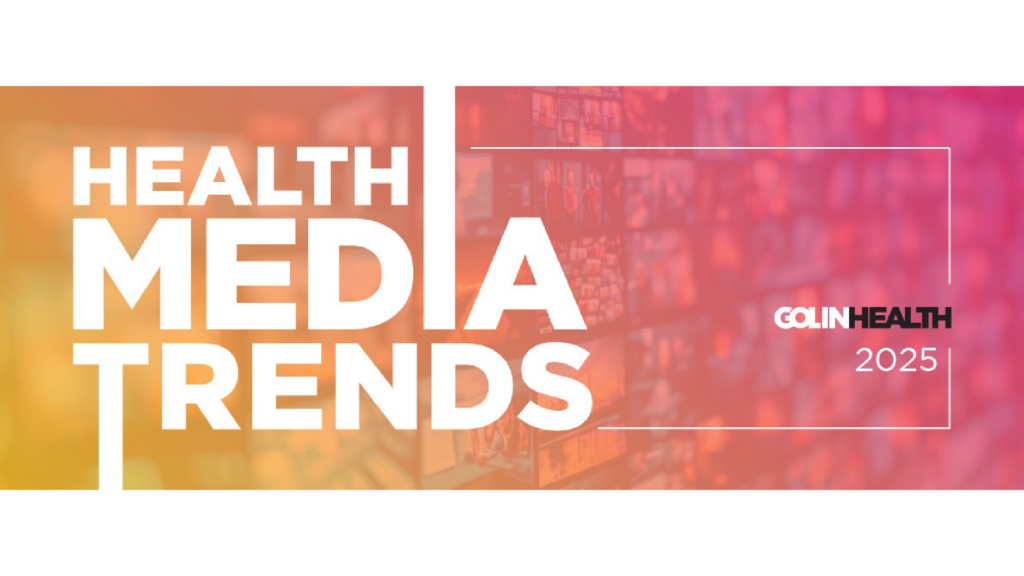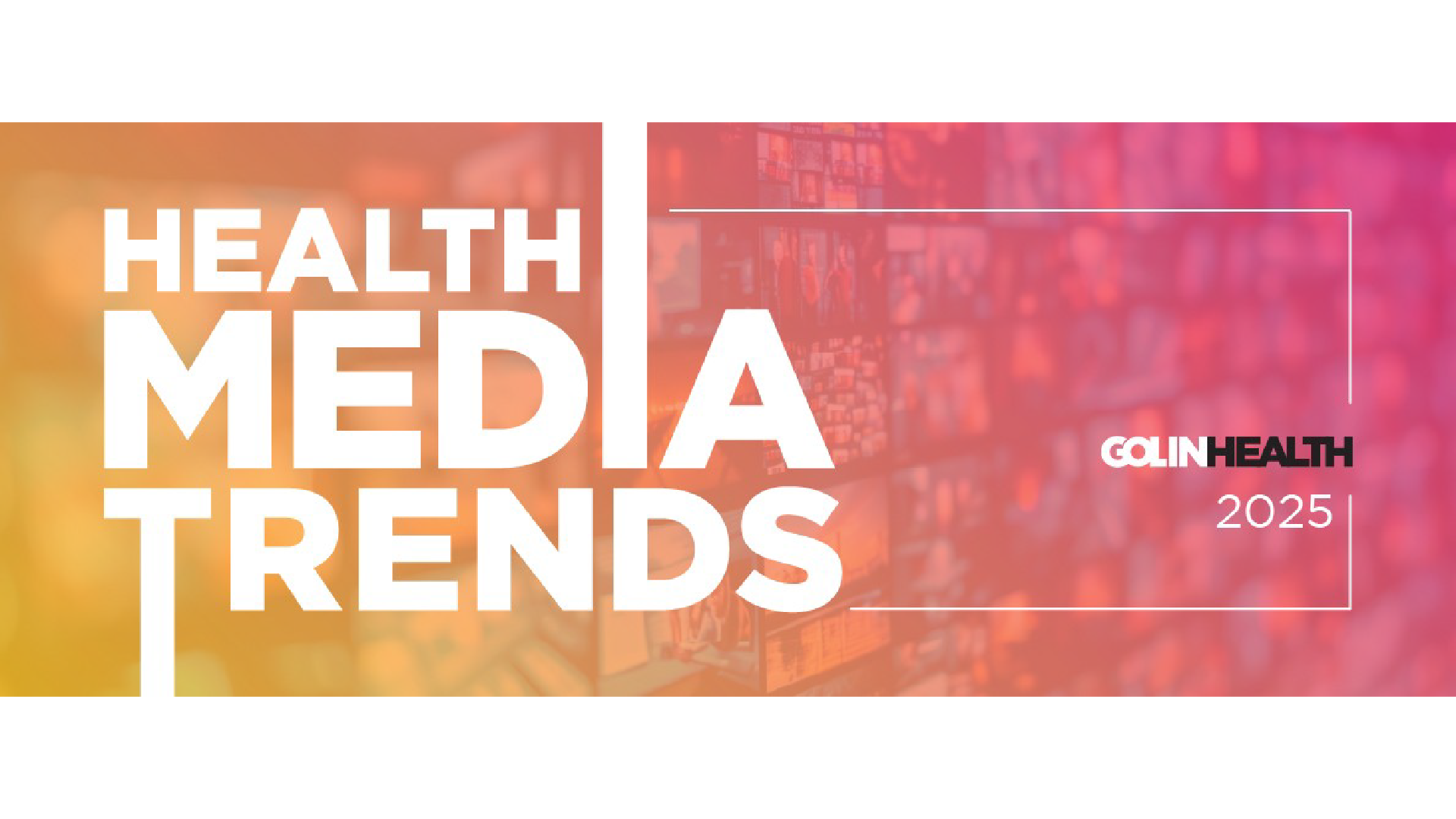Today’s media environment is unlike any we have seen before. The breaking news cycle is relentless, with reporters churning out news content around the clock. While the volume of content is increasing, newsrooms are shrinking on both the national and local levels. There are fewer staff writers and more freelancers across both mainstream and trade media. The concept of “beat reporters” is almost nonexistent due to staff shortages.
Audiences also are becoming more distrustful of legacy media. According to the Reuters Institute 2024 Digital News Report, trust in the news is still lower overall (40%) than it was at the height of the pandemic. This is changing how brands, executives, physicians and patients are engaging with the media. Audiences are dispersing and consuming news from nontraditional sources. Whether it’s independent journalists on Substacks, podcasters or even content creators on TikTok, the 2024 election proved that these unconventional media sources are gaining influence at a rapid speed.
What we know: Relationships still matter. We saw this recently at medical congresses like ACR Convergence and ASH. Both were well-attended by media and provided in-person opportunities to build relationships with reporters. However, while relationships matter, a provocative pitch that cuts through the clutter and resonates with their audiences is ultimately going to result in a story, regardless of who you know.
The big picture: As communicators at the forefront of this media relations transformation, we need to adapt to thrive, which requires evolving from “traditional” methods of collaboration with reporters and embracing a new path forward.
Here are some 2025 Health Media Trends identified by the Golin Health Media Team and strategies to navigate this changing environment and stay one step ahead.
Short-form “Snackable” video continues its rise:
Whether TikTok or Instagram, YouTube or LinkedIn, journalists are using short-form video to keep their audiences, especially Gen Z, engaged beyond the “click bait” headlines on their home page. Video interviews are popular with audiences across platforms and score high with search engine optimization. Like podcasts, multi-part video series offer in-depth engagement and provide an opportunity to tell “bigger picture” stories. One example is HCPLive which prioritizes KOL videos and considers video series. HCPLive’s publisher recently launched a new platform for patient video stories called The Educated Patient.
U.S. Healthcare Turbulence:
With the election ushering in a new administration, speculation continues around potential efforts to deregulate the healthcare industry, reform public health, and change how the FDA and other federal agencies operate. While the new administration’s health policy goals and priorities are not known, reporters will seek comments from companies about the potential impact, presenting thought leadership opportunities (op-eds, bylines, podcasts) for executives willing to weigh in on issues.
A Data Story with a Soul:
Story ideas featuring AI and data analytics will continue to be very popular with reporters, but the bar for coverage will be higher. Reporters are bombarded by AI pitches and they expect evidence and success cases to demonstrate the growing role of AI and data in health. Marrying your data/AI storytelling to the impact it’s having on real people — patients and HCPs — gives reporters the story ingredients they love: data and drama.
LinkedIn Channel Prominence:
Enterprise communications teams will embrace additional opportunities on LinkedIn, which continues to grow as an influential earned media destination. CNBC now teases on-air that full interviews can be seen— not at CNBC.com—but on the outlet’s LinkedIn channel. Meanwhile, some reporters have amassed more than 1 million followers on LinkedIn, and posts by CEOs—like a recent LinkedIn op-ed by Ford’s Jim Farley— are garnering traditional media coverage. LinkedIn News original shows such as The Path, This is Working and Catalyst provide a platform for thought leadership from healthcare CEOs and C-suite executives to discuss medical innovation, R&D investment, supply chain and patient-centric care.
Behind-the-scenes Stories Remain Popular:
Reporters often complain about companies that issue statements and refuse to make spokespeople available. Golin clients have found that the reverse— opening doors to behind-the-scenes access—can pay off by enhancing reporter relationships. While remote and hybrid work are here to stay, the promise of “insider” access to new lab, a hands-on experience with scientific researchers or an advance preview of a new manufacturing facility can attract reporters for an in-person, on-site visit. And whether it’s broadcast, print or online, all reporters are looking for highly visual opportunities to generate video content.

